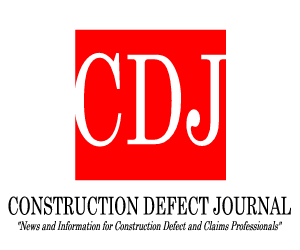
We look at techniques, some familiar and some surprising, for carbon sequestration.
Whether by land, by sea or through human innovation, carbon sequestration is likely coming to (or already happening in) a destination near you. As our planet, overdosed on greenhouse gases, battles climate disasters, a logical solution is to simply stop pumping carbon dioxide into the air. Legislation worldwide is aimed at that target, but reducing output alone may not be enough. There are still billions of tons of extra CO2 already in the atmosphere—this crossroads is where sequestration comes into play.
Carbon sequestration is exactly what it sounds like—the storage of CO2. Once carbon is sucked out of the air, or in some cases pulled directly from industrial smokestacks, sequestration can be undertaken in a lot of different ways. Carbon storage happens naturally, when forests and oceans absorb and convert CO2 into organic matter, but carbon dioxide can also be artificially injected into deep underground rock formations (or wells), or in some cases technological approaches repurpose carbon into a resource like concrete, or as a catalyst in a closed-loop industrial system. However it’s accomplished, the point of sequestration is to stabilize carbon and ensure it doesn’t creep back into our atmosphere. Researchers, like those at the United Nations’ Intergovernmental Panel on Climate Change, now say that CO2 removal is vital to keeping global warming to 1.5 degrees Celsius (past that threshold, climate change could reach catastrophic levels). A 2023 University of Oxford study estimated that, currently, about two billion metric tons of carbon dioxide are being removed each year, primarily through land management (i.e., planting trees), and suggested that we need to double that amount to avoid dangerous global warming levels.
Reprinted courtesy of Michael S. McDonough, Pillsbury, Robert A. James, Pillsbury and Amanda G. Halter, Pillsbury
Mr. McDonough may be contacted at michael.mcdonough@pillsburylaw.com
Mr. James may be contacted at rob.james@pillsburylaw.com
Ms. Halter may be contacted at amanda.halter@pillsburylaw.com




